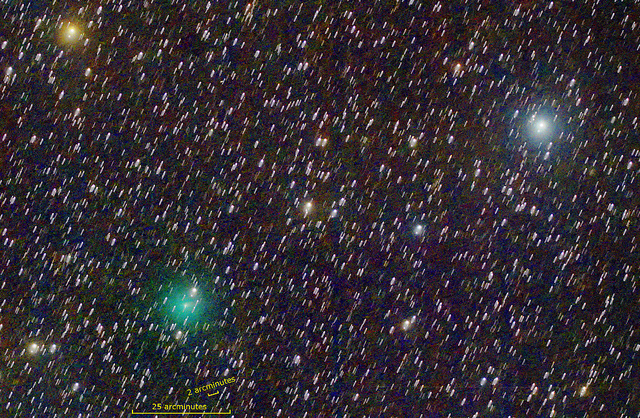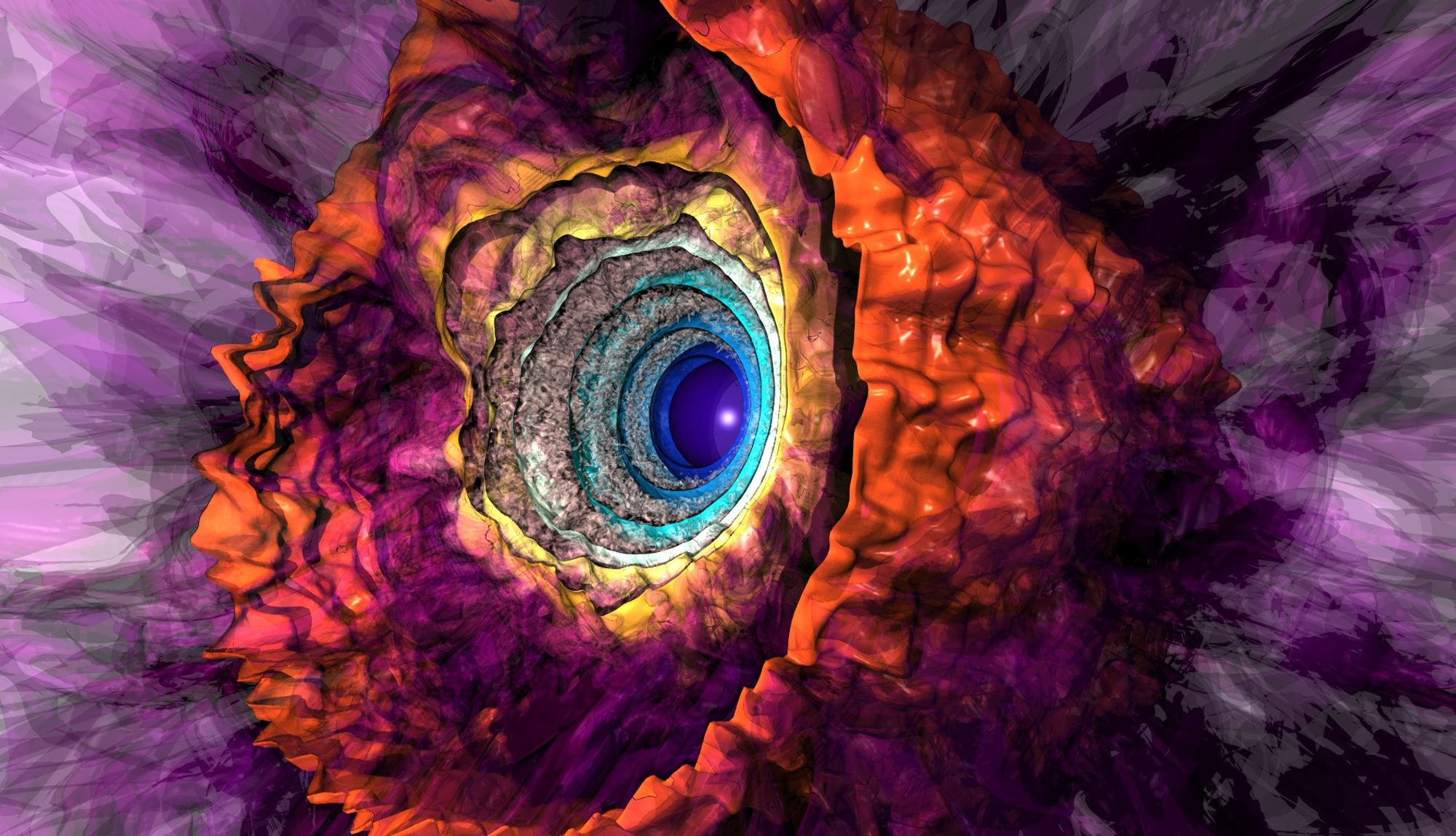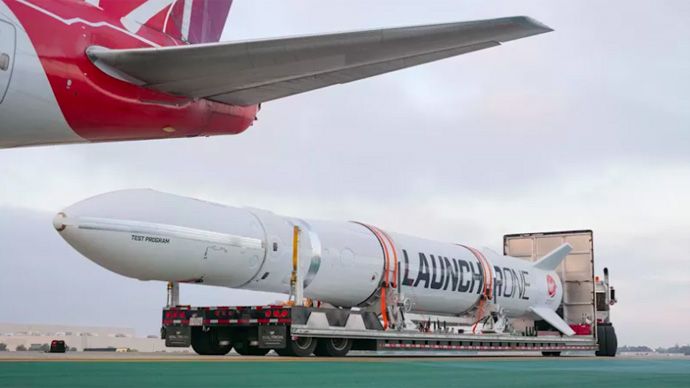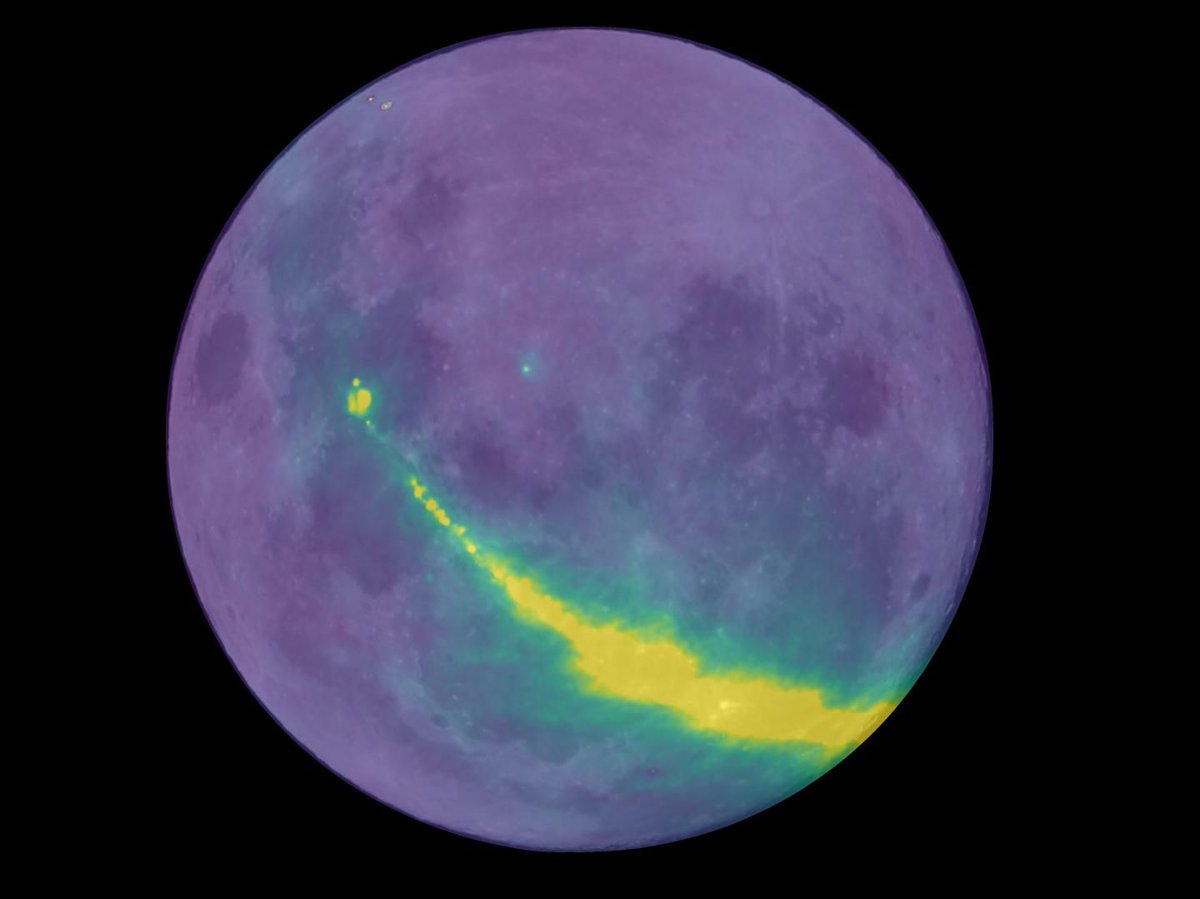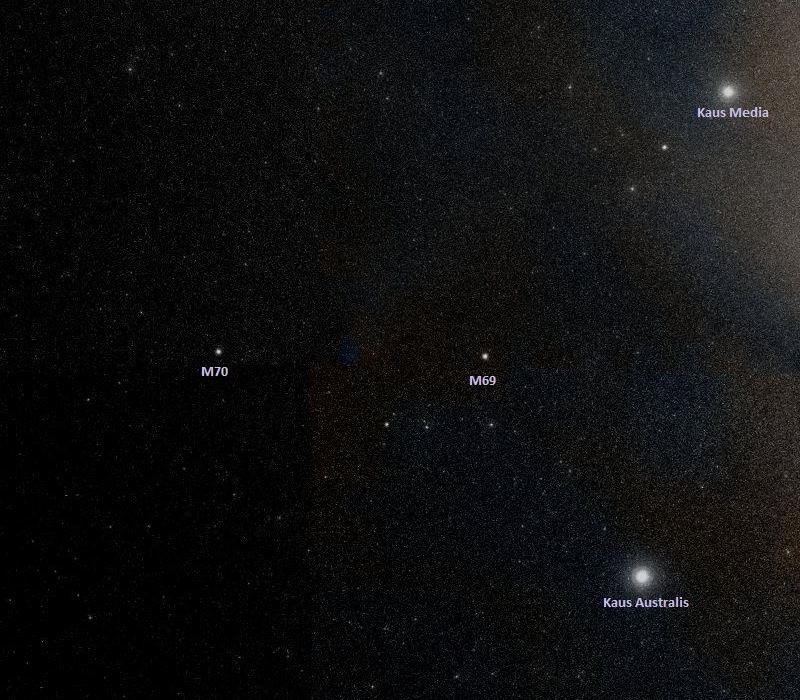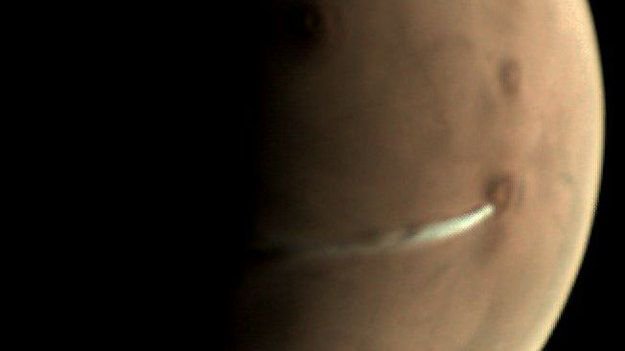Welcome back to Messier Monday! Today, we continue in our tribute to our dear friend, Tammy Plotner, by looking at the globular cluster known as Messier 70.
In the late 18th century, French astronomer Charles Messier spent much of his time looking up at the night sky in search of comets. Over time, he discovered 100 fixed, diffuse objects that resembled comets, but were something else entirely. Messier compiled a list of these objects, hoping to prevent other astronomers from making the same mistake. What resulted was the Messier Catalog, one of the influential catalogs of Deep Sky Objects.
One of the objects he catalogued is Messier 70 (aka. NGC 6681), a globular cluster located 29,300 light years away from Earth and close to the Galactic Center. It’s location within the asterism known as the “Tea Pot” (which is part of the northern Sagittarius constellation). It is also in close proximity to both the M54 and M69 globular clusters. Continue reading “Messier 70 – the NGC 6681 Globular Cluster”

